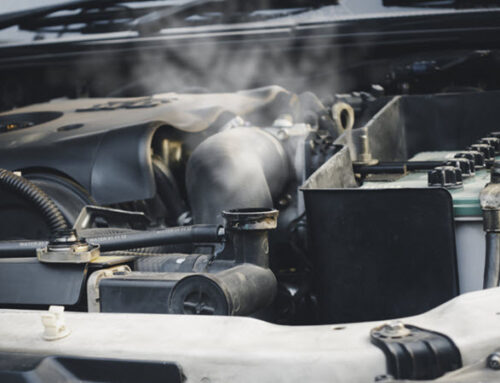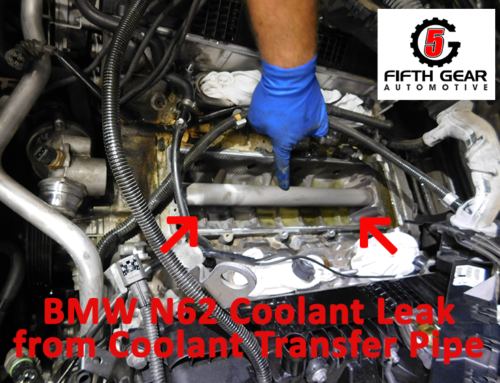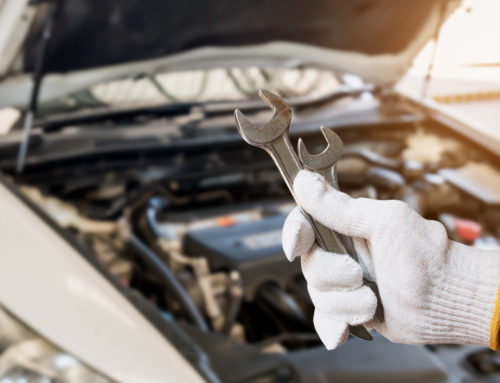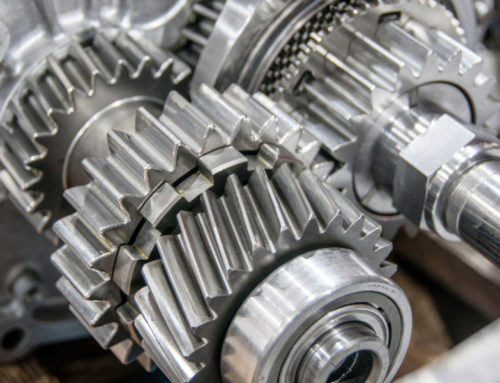When our customer got into his E46 M3 recently and found that it wouldn’t start, a transmission problem was the last thing he suspected to be the culprit. There are many more common causes for a no start – like a dead battery, worn out starter, faulty brake pedal switch, etc.- and after checking the usual suspects and not finding the problem, he had the car towed over to our shop.
How does the BMW SMG Transmission work?
Just to clarify for those who aren’t familiar with BMW’s SMG transmission, the simplest way to explain it is that it’s neither a conventional “manual” nor “automatic” transmission, but more like a combination of the two. You still change gear much like you would in a conventional standard by using a “stick” of sorts (or by paddles mounted just behind the steering wheel), but there is no clutch pedal. Instead, the clutch is controlled electronically by a computer and actuated by hydraulics.
Symptoms and Diagnosis: How to know when an SMG pump has failed and needs to be replaced.
When the M3 arrived at the shop, we hooked it up to our computer diagnostics scan tool and found a DTC, or “diagnostic trouble code, “ indicating a fault with the Park/Neutral solenoid, which is an integrated component on the SMG hydraulic pump assembly. The SMG pump (pictured below) is similar to an ABS pump in both appearance and function, but controls the hydraulic pressures in the transmission and not the brake system.

SMG Pump location on a 2003 (E46) BMW M3
(Click image to view larger version)
With that information to point us in the right direction, we then found that the large, 40 amp fuse for the SMG pump (pictured below) had blown. This is a common and very strong indicator that the pump assembly itself has indeed failed. To test our theory we swapped the fuse and started the car, and the new fuse we put in blew almost immediately.
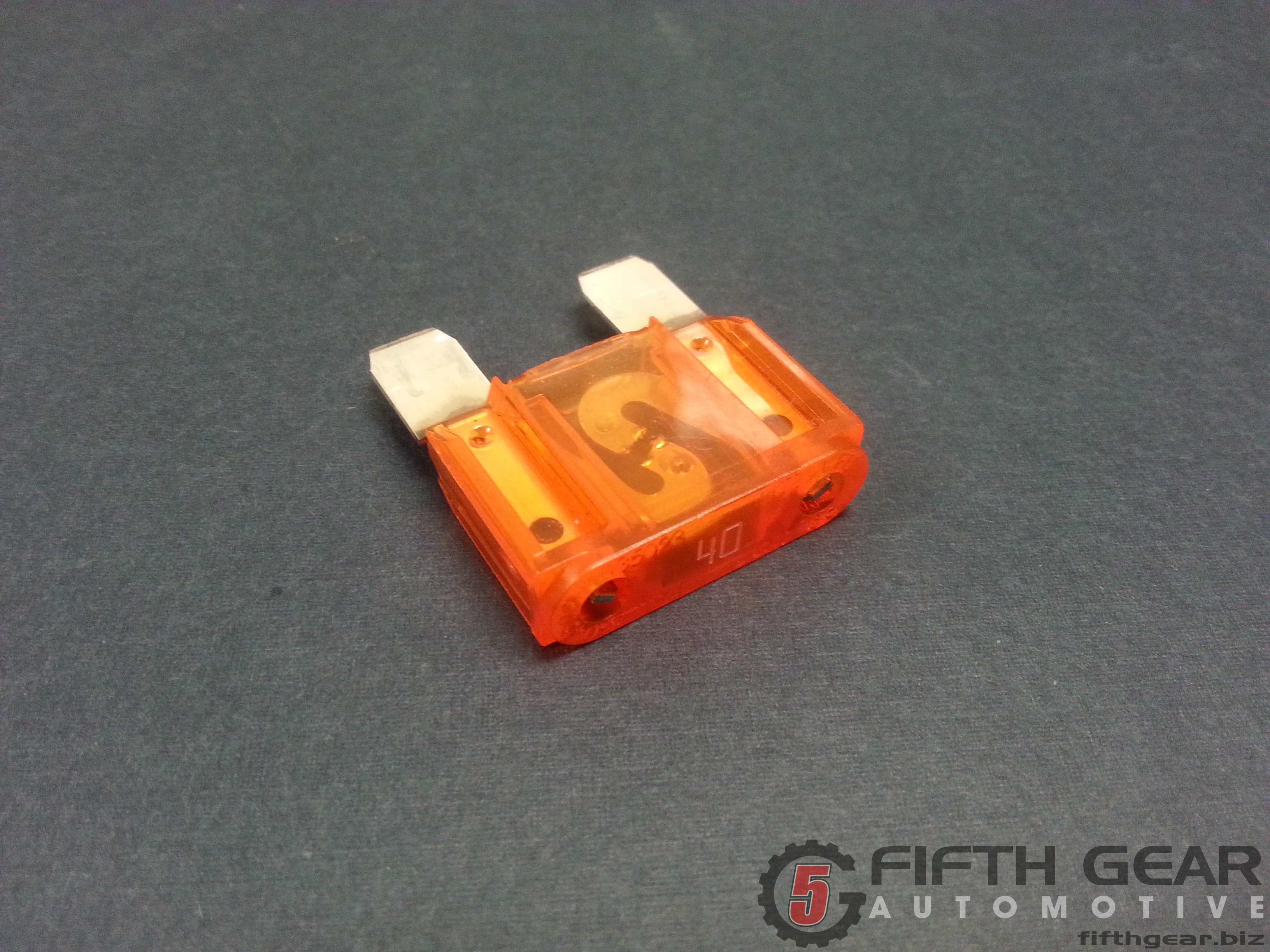
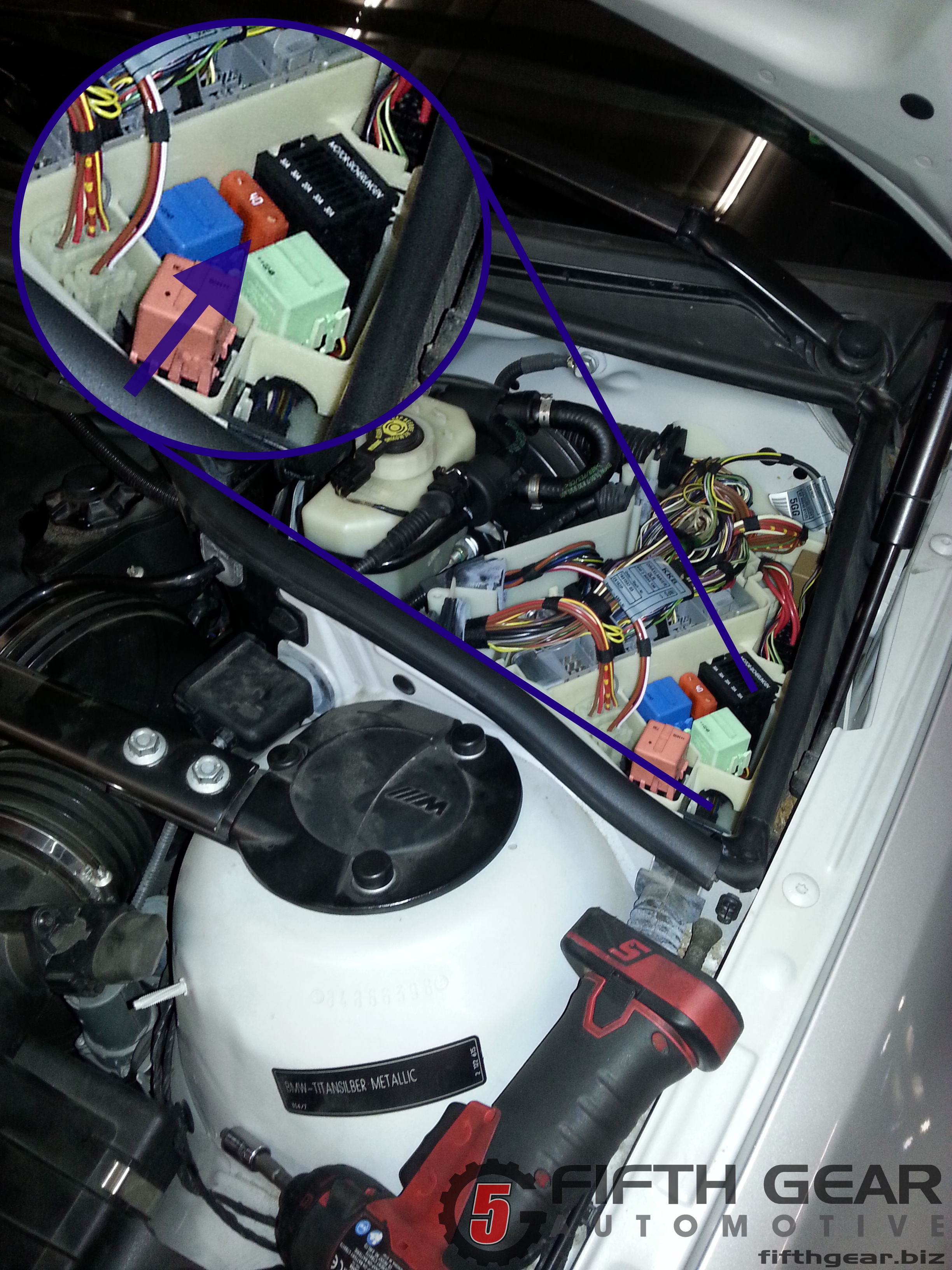
Left: Blown 40 Amp SMG pump fuse, Right: SMG pump 40 Amp fuse location on a 2003 (E46) BMW M3
(Click images to view larger versions)
How does a failed SMG pump cause the car to not start?
When the pump fails and the aforementioned fuse is blown, the on-board computers that monitor and control the pump are no longer able to communicate with it and have no way to “know” what gear the vehicle is in. Even if the car is neutral, the clutch is engaged and inoperable by the car’s computers. It is the same reason why you can’t start a modern manual transmission car unless the on-board computer is receiving a signal from the clutch switch that the pedal is pushed all the way in, ensuring that the clutch is disengaged before attempting to turn the engine over. Similarly, the same principle is behind why you can’t start a car with an automatic transmission unless the gear selector is in either the ‘Park’ or ‘Neutral’ position.
Replacing the BMW SMG Pump Assembly
Having determined that the SMG pump was bad, we replaced it with a brand new OEM unit, cleared the codes from the on-board computer and performed some QA/QC with a test drive to confirm that the problem was fixed and the vehicle was operating as it should.
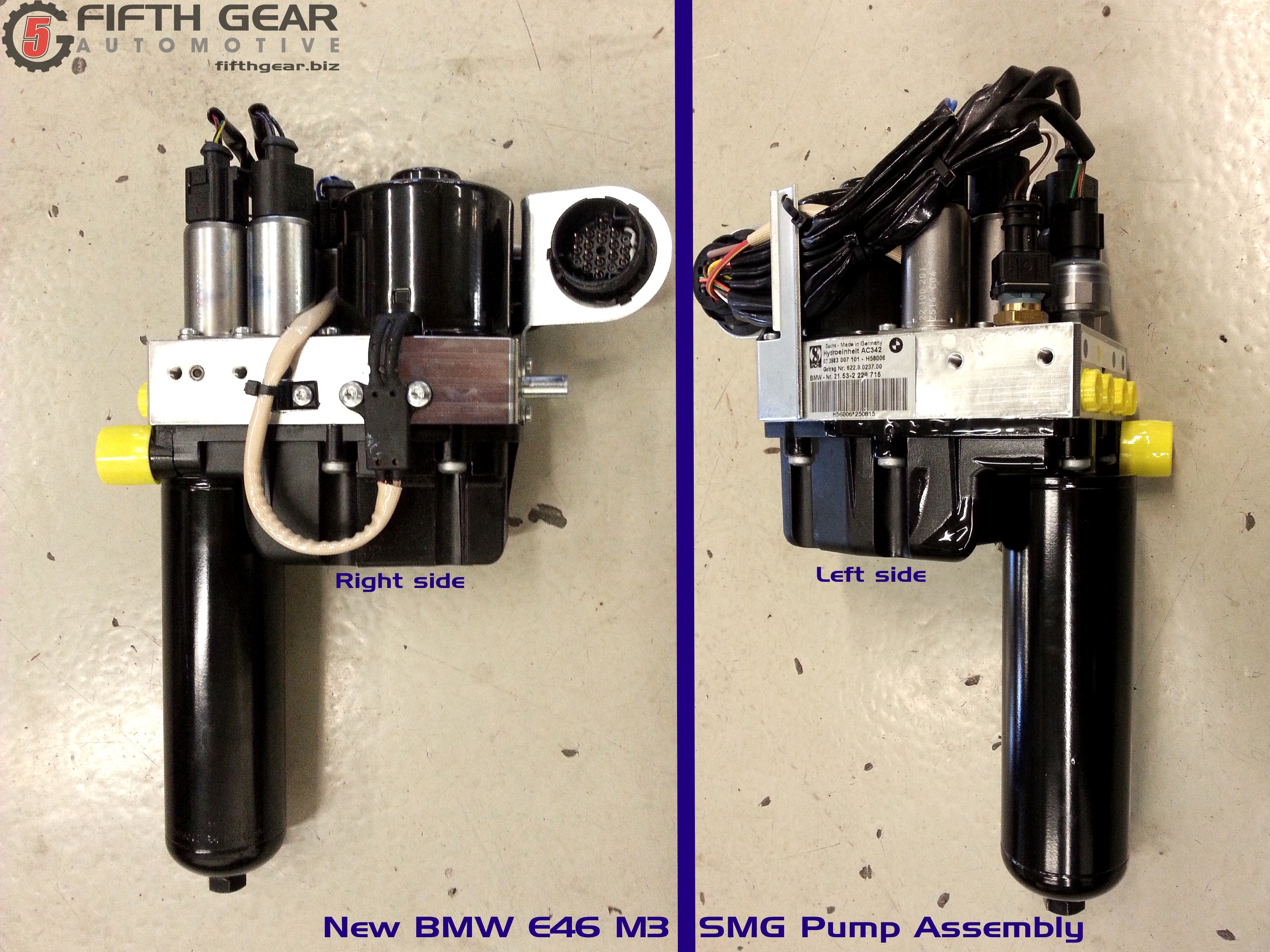
Right- and Left-side views of a new SMG Pump Assembly
(Click image to view larger version)
How long does an SGM pump normally last?
In this case, the original pump lasted a little over 12 years with about 64,000 miles on the odometer. That’s roughly what you might expect the lifespan of one of these pump assemblies to be, but there are simply too many variables that make it difficult to estimate. The best way to ensure you get the most out of it and extend the life of the pump is to keep up with the factory transmission maintenance intervals and have transmission fluid services performed regularly. This is especially true if you often drive “exuberantly” or on the track which, in our frank opinion, is the only way one should ever drive an M3.
If you are having SMG transmission issues or any other problem with your BMW, contact us today to find out what one of our BMW repair experts in Lewisville, TX can do for you today!



